China’s financing and investment spread across 61 BRI countries in 2023 (up...
2024-02-27 32 英文报告下载
China remains at the low-end of the trend line of sportswear retail value per capita against GDP per capita, suggesting that structural long-term growth is still intact for the China sportswear sector. China sportswear retail sales market contribution has increased over the past five years from 6.7% in 2013 to 9.4% in 2018 but is still comparatively lower than other Asian markets like Singapore at 12.9%, Japan at 13.6% and South Korea at 16.9%. Moreover, supportive government policies like “Healthy China 2030” should help drive industry growth as it encourages people to exercise more and be healthy. We forecast overall sportswear industry growth to moderate to a 12% CAGR over the next three years, from an 18%
CAGR in 2016-18, supported by structural consumer trends such as: (1) athleisure trend, (2) personalisation and customisation and (3) e-commerce and social media. While these trends will drive growth, we believe the athleisure trend, in particular, will increase competition from fashion brands going forward. As the connection between sportswear and fashion is steadily obscuring, fashion brands like H&M and Zara have launched their own sportswear series and we believe more fashion brands will follow suit, adding to the competition. The trend of fashion for fitness has contributed to growth in the sportswear sector, which has allowed it to outpace the growth in the non-sportswear sector. Over the past five years, the China sportswear segment has achieved double digit growth, outpacing the growth of both luxury and non-luxury apparel and the footwear segment. In 2018, sportswear achieved a 22% YoY growth against luxury apparel and footwear at 17% and non-luxury apparels and footwear at 10%. However, this growth gap could narrow as fashion brands start to capture the athleisure trend.
The structural growth of the China sportswear sector will be driven by the backdrop of supportive government policies. In the past, the government has placed emphasis on improving healthcare services in the country through a series of reforms. The first milestone was achieved in 1996, when the government implemented guiding principles for healthcare. Thereafter, in 1998, China formed a social medical insurance system to cover the basic needs of workers. From 2000-15, a slew of measures have been implemented to improve healthcare services. However, an ageing population, exacerbated by the one-child policy of the past has led to rising healthcare expenditure and concerns over the public pension system. In our view, while healthcare services remain a very important area of focus, the government has increased its emphasis on “prevention rather than cure”.
In October 2016, the Chinese leaders explicitly made healthy living a national political priority and the State Council introduced the “Healthy China 2030” initiative. This marks one of the first initiatives with clear targets over the number of people exercising, displaying the government’s efforts to encourage people to exercise more and be healthy. The Chinese government targets having 530 mn people taking part in physical exercise on a regular basis, a 47% increase from the 360 mn people in 2015 and aims to increase the percentage of residents meeting or exceeding the National Physical Evaluation Standards to 92% by 2030.

标签: 英文报告下载
相关文章
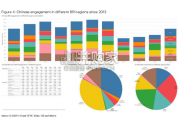
China’s financing and investment spread across 61 BRI countries in 2023 (up...
2024-02-27 32 英文报告下载

Though the risk of AI leading to catastrophe or human extinction had...
2024-02-26 53 英文报告下载
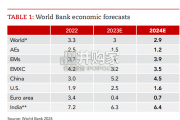
Focusing on the prospects for 2024, global growth is likely to come i...
2024-02-21 99 英文报告下载
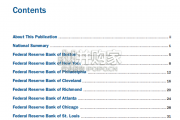
Economic activity declined slightly on average, employment was roughly flat...
2024-02-07 68 英文报告下载
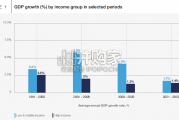
Economic growth can be defned as an increase in the quantity or quali...
2024-02-06 82 英文报告下载
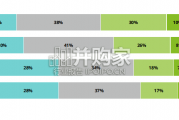
In this initial quarterly survey, 41% of leaders reported their organizatio...
2024-02-05 66 英文报告下载
最新留言